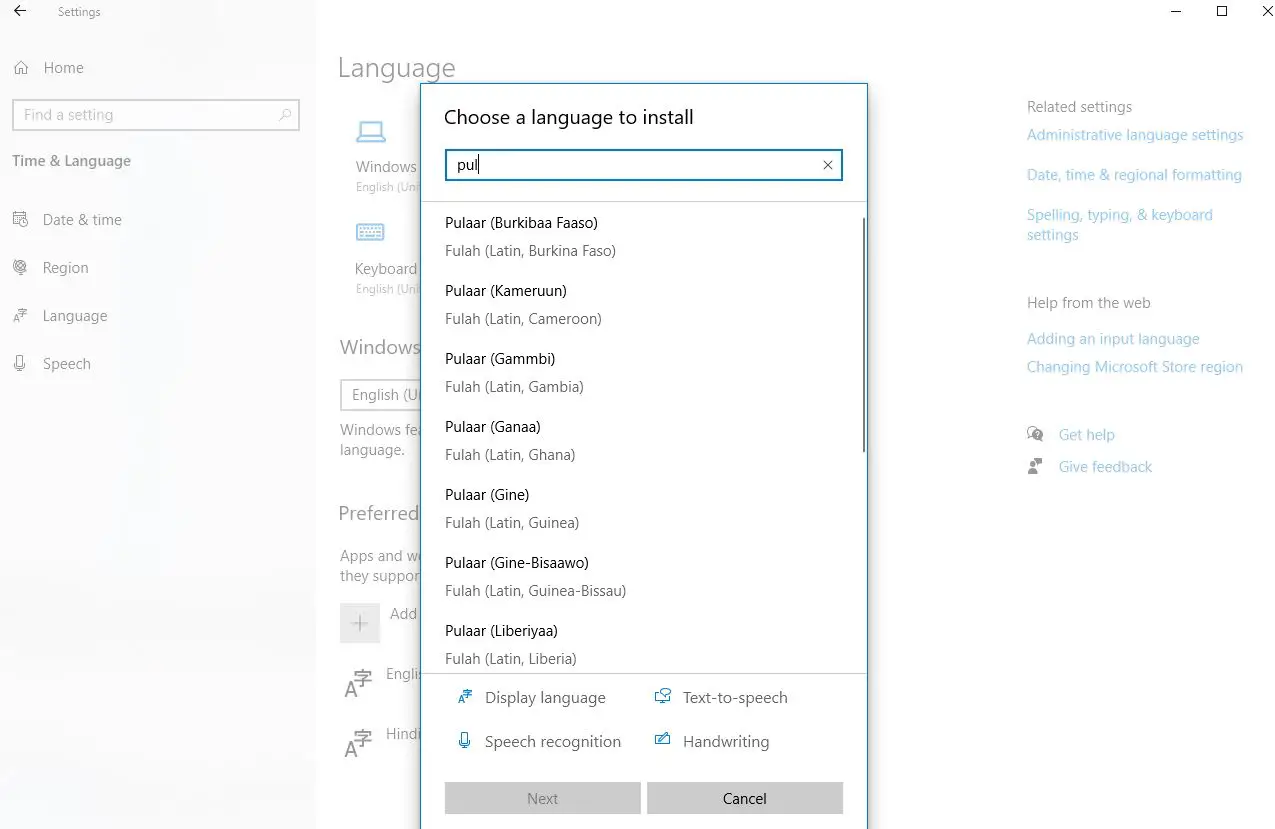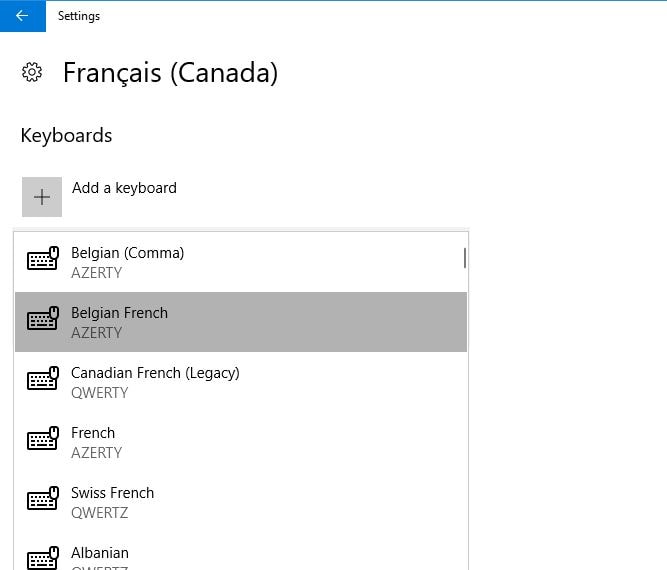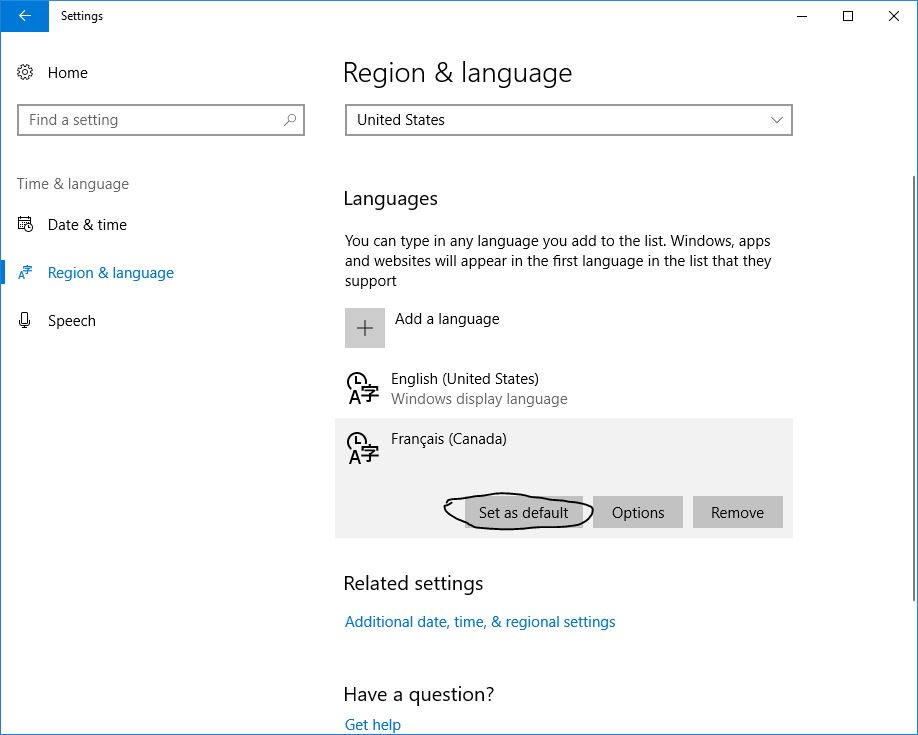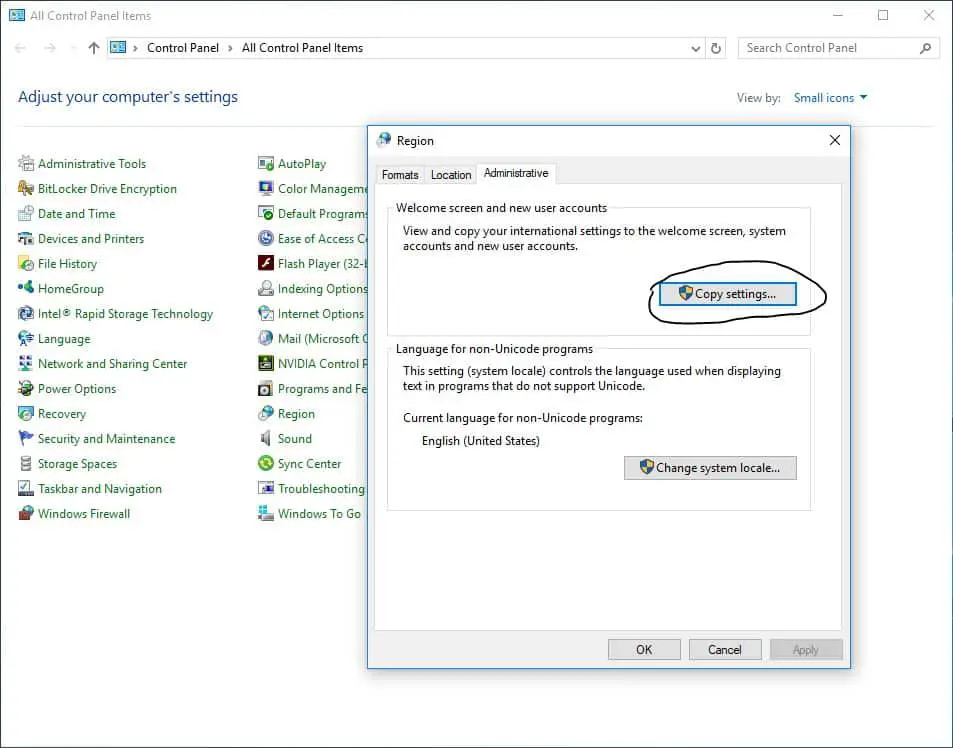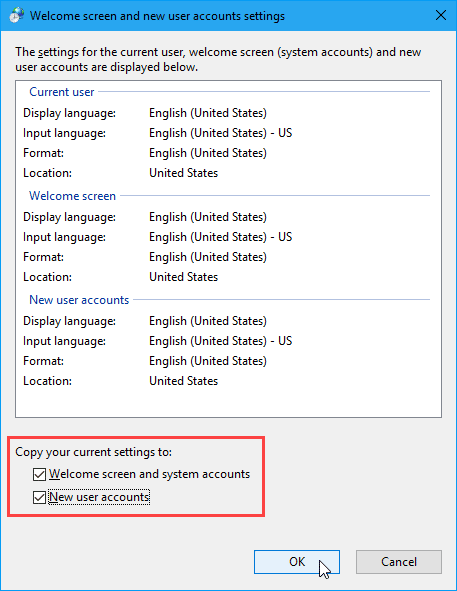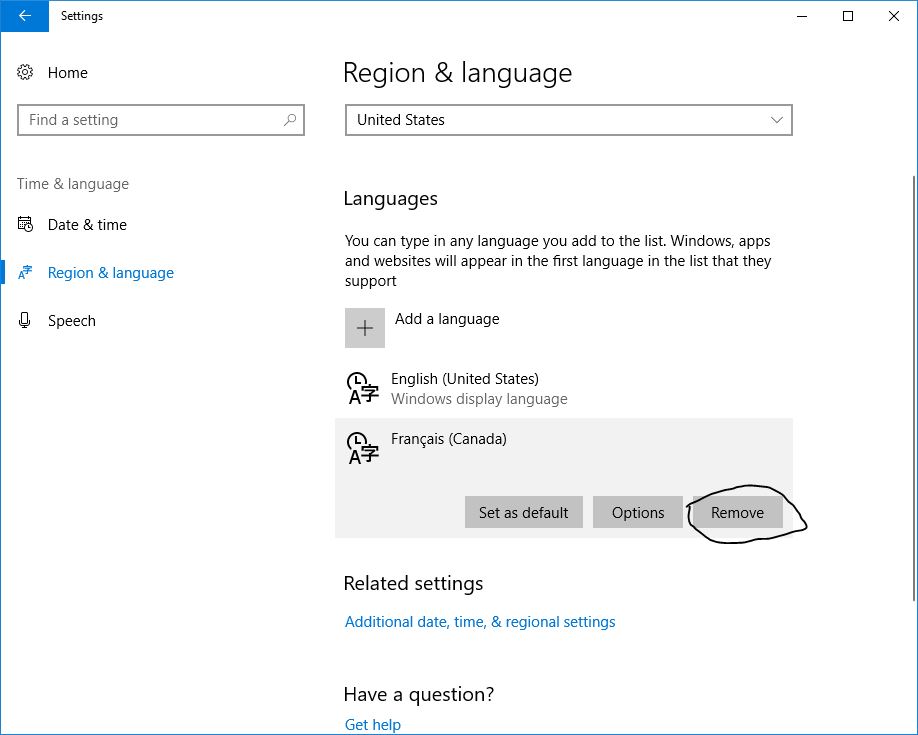Looking to Change the System Language in Windows 10? Or want to change the system language to another language like Spanish, Chinese, German or Hindi on Windows 10? Basically, while install and setup Windows 10, you’re asked to choose a system language. But yes you can change the system language later on your Windows computer. For Windows 10, Microsoft offers a total of 106 language packs that are available for download and use by anyone with a valid license. Here’s how to download and install any language pack and how to Change the System Language from English to the language of your choice.
Note: You are required to sign in to Windows 10 and use an administrative account to proceed.
Change the System Language on Windows 10
Windows 10 comes with a lot of languages making it likely to accommodate your language needs. You can easily change the system language as needed. Here follow steps to change the system language on Windows 10. And know where to download all language packs of Windows 10. How To Apply a Language to the Entire System, Let’s start
Changing the system language in Windows 10 is straightforward. If you don’t understand the current language, follow the screenshots below. Otherwise, you can follow this brief list of steps:
- Go to Start > Settings > Time & language.
- Switch to the Region & language tab.
- Under Languages, click Add a language and choose the desired language from the list. You can also search for the language you want using the Search box at the top of the window. Type the language name and then click on the result you want.
Back on the Region & language tab, click the Options button for the new language to check whether you need to download the language pack. To apply the new language to the system, click Set as default. You’ll have to log out and back in for the change to come into effect.
Download language packs on Windows 10
Microsoft has published a list of all the available language packs that are available for Windows 10, on this page: Language packs: Windows 10. You can consult it and see whether Windows 10 is available in your local language. If it isn’t, then you are out of luck and this guide won’t work for you. We’re sorry but this is only up to Microsoft.
Also, there’s another unfortunate situation where you might have purchased Windows 10 Home Single Language Edition. If you did, then you are stuck with the language that you purchased and you can’t install another display language using the instructions in our guide.
Download the Language Pack and Other Options
If you would like to tweak the Windows 10 system language, like adding a keyboard for a particular language or applying a new language to all user accounts, follow the steps below.
First open Start > Settings > Time & language -> Region & language -> Add a language then select your language.
Once you’ve selected your language, it’s added to the list of Languages on the Region & Language screen. If you need to download a language pack for the newly added language, you’ll see Language pack available under the language name. To download the language pack, click on the language and then click Options.
When you first access the options for the selected language, you’ll see Searching Windows Update for language features under Language options. When that’s finished, you’ll see Basic typing, Handwriting, and Speech, all with Download buttons under them. Click the Download button for each option you want.
Add a Keyboard
A standard keyboard is added by default for the language you chose. If you want to add another keyboard, click Add a keyboard and select one from the popup list.
Set a Language as the Default
Once the language pack is downloaded and installed, the language is ready to use. To set the newly added language as the default language, click the language on the Region & Language screen, and then click Set as default. Log out and back in to use the new language in the current user account. The language you chose to set as the default is now listed first under languages with a message saying that it will be the display language after the next time you sign in.
When you have more than one language listed on the Region & Language screen, the current default language displays on the right side of the Taskbar next to the date and time. When you move your mouse over the language indicator, you’ll see a popup displayed in that language.
Apply a Language to the Entire System
So far we have described the steps only change the language for the Current user account only. But You can force the welcome screen, and any new user accounts you create from now on, to display in that language also. This way, everything in the system is in your desired language.
To do this open the Control panel, Change the View by Small icons and click on Region. Here On the Region dialog box, click the Administrative tab and click on Copy settings.
The Welcome screen and new user accounts settings dialog box displays, showing the current display language for the Current user, Welcome screen, and New user accounts. You can’t change these individual settings here, but you can set the current display language as the new system default by checking the Welcome screen and system accounts and New user accounts boxes. Click OK and restart your computer. The language you chose will be set as the default for the entire system once your computer reboots.
Remove a Language From Windows 10
If anytime you have decided to remove the installed language pack. You can remove a language if it’s not the only one on your computer. Before removing a language, you must select a different language as the default. You cannot remove the current system language. All you need to do is select another language as the default. You do not need to log out and back in. Once the language you want to remove is not the default, click on that language on the Region & language screen and then click Remove.
Alternatively, you can open the command prompt as administrator And type the command Lpksetup /u and hit the enter key. The Install or uninstall display languages dialog box displays. Check the box for the language you want to uninstall and click Next. Follow on-screen instructions and Restart your PC to complete the uninstallation process.
Also, Read
